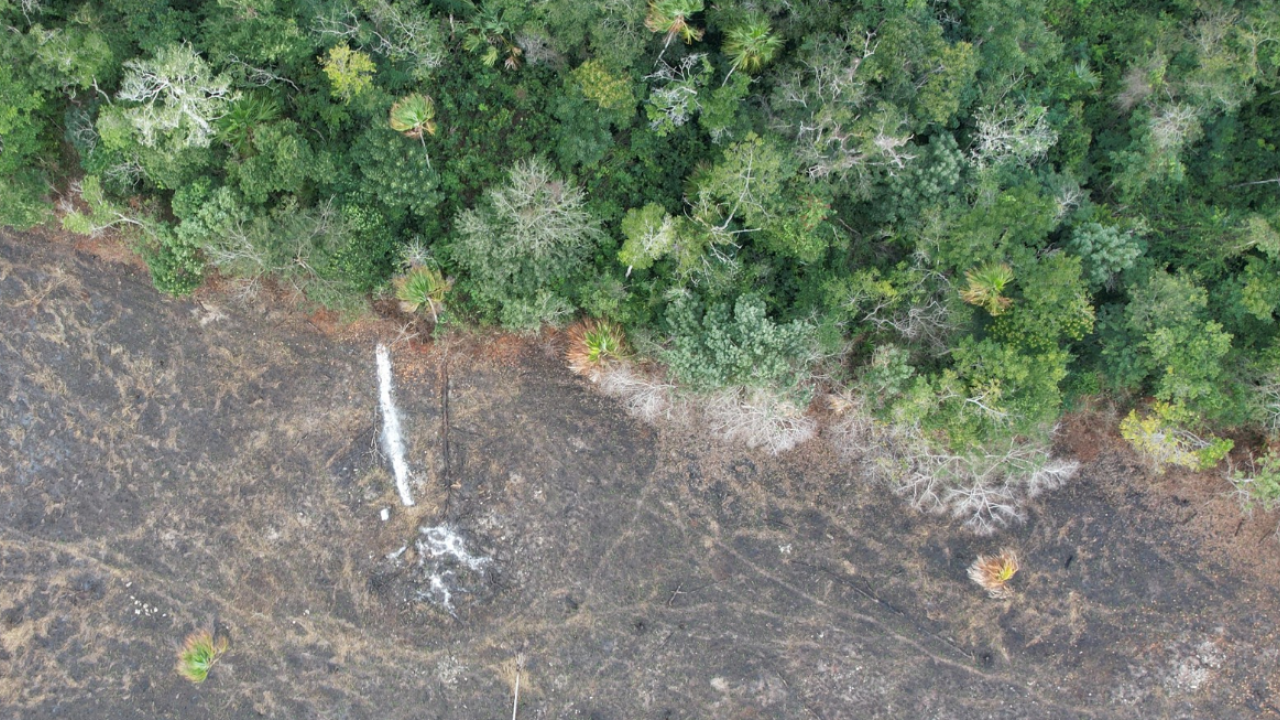
#11 A Global Food System Compatible with Biodiversity and Climate
Spanish version available at https://www.climatica.lamarea.com/serie-remedia-sistema-alimentario-global/
Thinking globally
It is common knowledge that, as a system, the human body functions through healthy organs. But it seems that we often overlook the fact that a system on a larger scale, the biosphere –the thin layer sustaining life on Earth– operates through functional biomes. We know them as oceans and reefs, mangroves and wetlands, forests and savannahs, steppes and deserts, tundra, and taiga. Each of them is made by networks of ecosystems, woven by the richness and composition of species, spun by genetic diversity. As a whole, in physicochemical interaction with the atmosphere, it creates an interconnected supra system that regulates itself, just like a living organism. James Lovelock used to explain it in such an accessible language until recently –Lynn Margulis until over a decade ago– but forever in their written words.
Unless we see the Earth as a planet that behaves as if it were alive, at least to the extent of regulating its climate and chemistry, we will lack the will to change our way of life and to understand that we have made it our greatest enemy.
James Lovelock
Embracing a global perspective can be challenging for our brains, particularly in modern societies with a deficit of nature. However, Gaia facilitated this task through a myriad of examples and metaphors. It brought a repertoire of connections that can support a critical pedagogy, from primary to higher education, that fosters complex, systemic thinking to face global challenges. A compendium of dynamics that helps political leaders to understand the need for global governance beyond their local and national viewpoints. But also an inspiration for professionals and scientists, sometimes under the blinders of a commodified education and science, which reduces the holistic view into the interest of a particular industry. Although specialization consolidates and advances disciplines, global problems such as climate change and biodiversity loss require transcending them. This implies looking beyond our Petri dish and fostering the flows of relational knowledge across disciplines, from the humanities to ecology.
A question of limits
Organisms and their communities flourish within constraints and restrictions, such as thermal tolerance, resistance to water stress, or resource-based growth. Thinking globally means comprehending that the world economy is also bounded by biophysical limits. Fifty years after "The limits to growth" of the team led by Donella Meadows, our economies continue to operate under the dogma of infinite growth on a finite planet. We extract more than the Earth regenerates. We pollute more than the planet can absorb. This not only generates systemic crises, social injustices, territorial inequalities and intergenerational debts, but also puts at risk the biogeochemical systems that maintain the planet’s conditions in the ideal ranges for life.
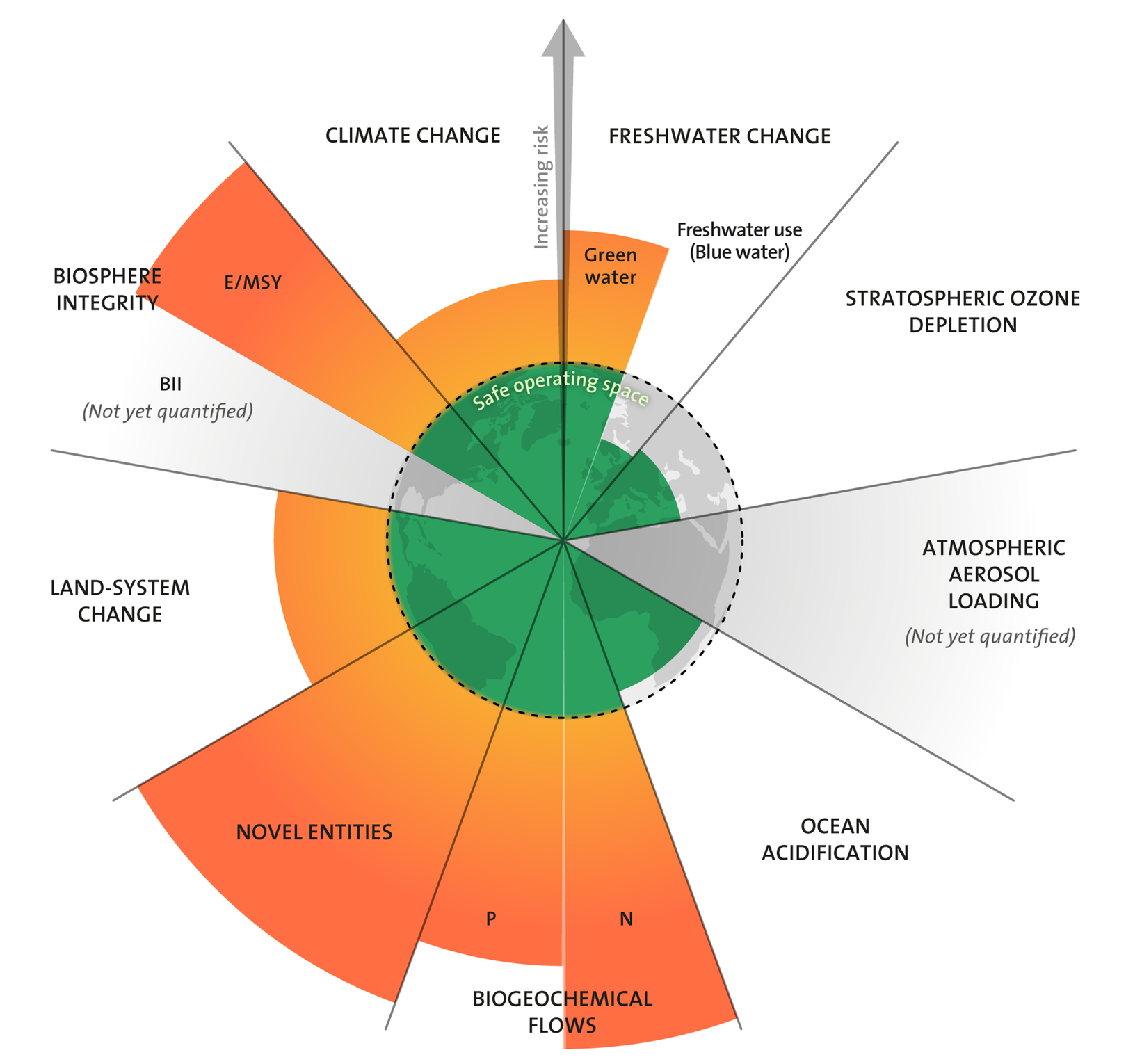
Planetary limits. "Azote for Stockholm Resilience Centre, updated to Wang- Erlandsson et al. 2022.
The biosphere regulates the atmospheric composition of greenhouse gases, thus maintaining the planet from freezing or overheating. Plants, algae, and cyanobacteria fix and reduce CO2 into sugars from sunlight. So much that terrestrial and marine ecosystems buffer more than half of the emissions from human activity each year (30% and 26%, respectively). But ecosystems are running flat out because we shatter their gears with habitat loss and the sixth mass extinction. We bring them closer to critical thresholds that, when exceeded, produce irreversible changes by losing their self-regulation mechanisms. We begin to understand it in the Amazon, where deforestation contributes to drying up the water pump that feeds the flying rivers on which the rain in the region depends. The reduction of rainwater to critical levels in tropical forests prevents them from maintaining their photosynthetic activity throughout the year, which feeds back the problem.
These turning points are thus climate-tipping points. However, they are not reflected in the climate predictions, they are not linear (think about the extremes of past years), and they are terrifying for climate scientists or anyone who understands the urgency of the climate crisis.
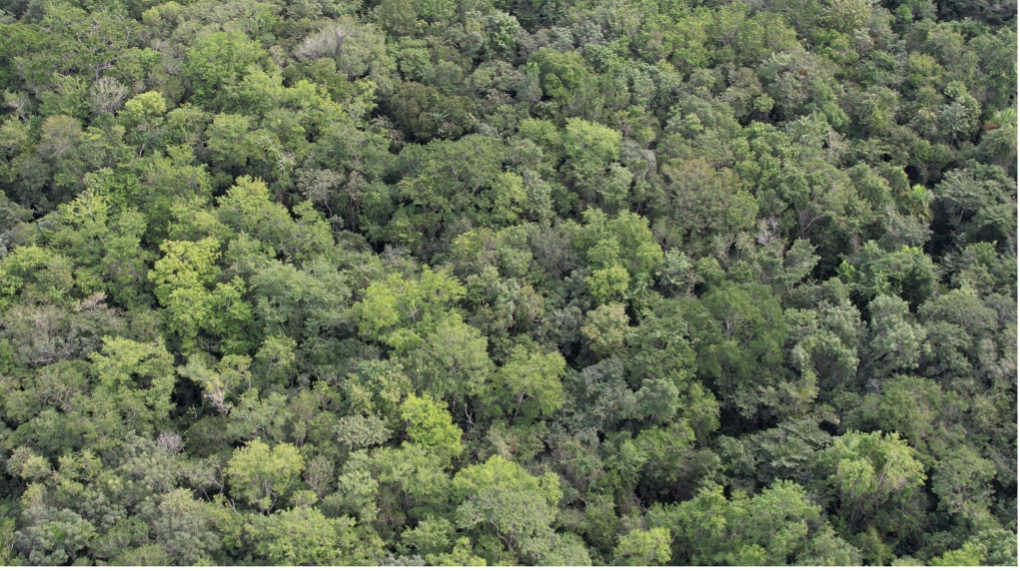
Tropical forest ecosystem in Central America. Picture by Daniel Ortiz-Gonzalo.
Land use is transgressing boundaries
Among human activities, the agro-industrial production of feed, meat, crops, fiber and biofuels is one of the greatest destabilizers of the Earth system. Its expansion endangers the integrity of ecosystems, disrupts the nitrogen and phosphorus cycles, depletes and pollutes water, and releases agrochemicals that accumulate and poison soils and living organisms. The global food system is not only responsible for a third of human emissions, but also the main driver of biodiversity loss, threatening more than 80% of species at risk of extinction. Industrial fishing destroys marine food webs –across trophic levels that represent the flow of matter and energy between organisms– while simultaneously altering the largest carbon reserve on the planet: marine sediments. The opportunity cost is brutal. Bottom trawling of the seabed not only emits as much CO2 as the aviation sector but also hampers the ocean's carbon sequestration capacity by killing marine life.
On land, agricultural expansion transforms diverse ecosystems –both in species and in functions– into deserts of life. It converts complex forests and savannahs into monocultures and monospecific pastures. These ecosystems are turned from being carbon sinks that cool the planet's temperature to sources of emissions that warm it. Almost half of the sector's global emissions come from deforestation and land use change, while violating human rights of indigenous peoples. Together with these guardians of ecosystems, the biomass –the stored carbon that we see with the naked eye– disappears, but also the carbon under our feet. The loss of soil organic matter, the same that sustains soil life and thus fertility, has generated a global carbon debt in soils that reaches more than 133 Gigatonnes of carbon (the equivalent of 56 years of current emissions from the transport sector). Accelerated with the industrial transformation of agriculture during the second half of the 20th century, half of the soil´s carbon deficit comes from crops and the other half from pastures. The good news is that the sector can return some of the carbon to its natural reservoirs, restoring fertility and ecological functions. Nevertheless, the first step in any ecological restoration is to eliminate the processes of degradation.
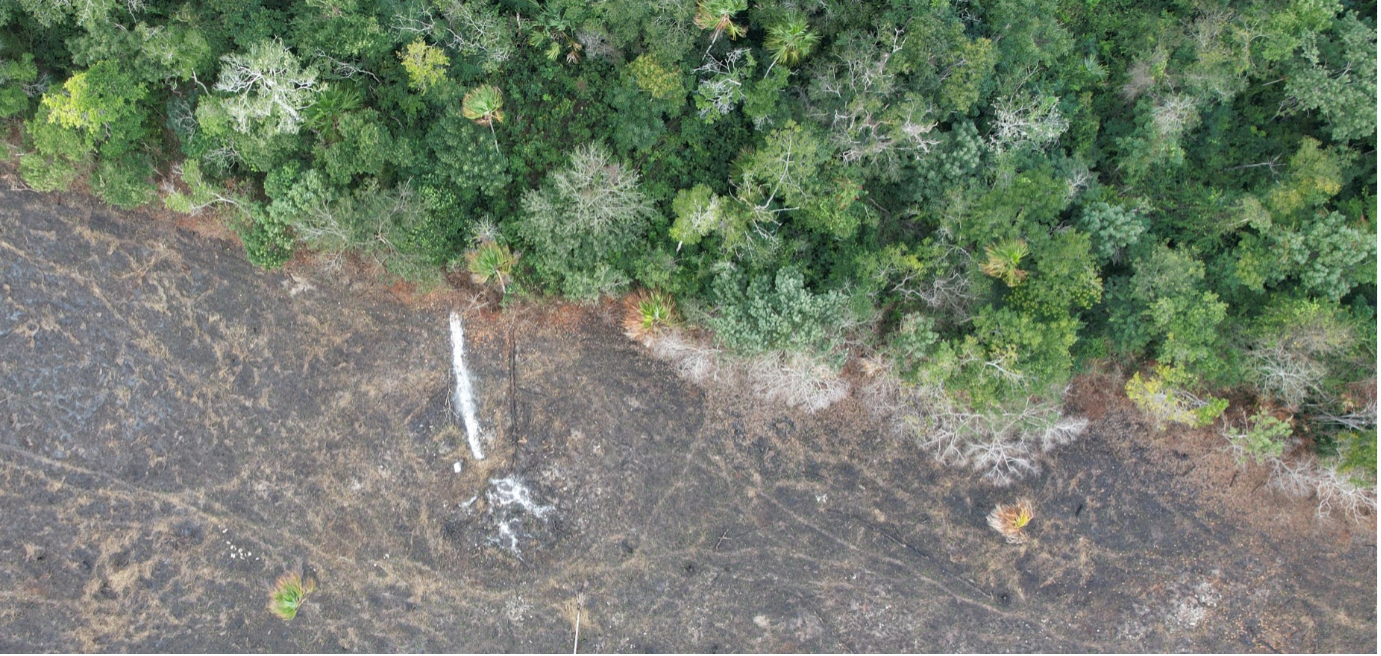
Forest edge in South America. Picture by Daniel Ortiz-Gonzalo.
Avoid, reduce and compensate impacts (in this order)
The hierarchy in mitigating environmental impacts is the backbone of the environmental impact lectures we teach at the University. Avoiding impact should always be our first choice. If avoiding is not possible, we should aim at reducing the impact as much as possible. Last, we should compensate for the residual impact that could not be reduced. However, in practice, this order may not be always followed and may even be reversed. Instead of avoiding or reducing emissions, some governments and companies try to offset them with land use actions. For example, large scale plantations or bioenergy crops that can actually increase pressure on ecosystems. The US renewable fuel standard –the world’s largest biofuel program– has had undesirable consequences such as boosting agricultural expansion in ecosystems, increasing the use of agrochemicals, raising the price of corn and other foods, causing pollution and augmenting greenhouse gas emissions instead of reducing them.
"Net Zero" should be thus to avoid and reduce emissions to bring them as close as possible to zero. While Nature has the capacity to absorb some residual emissions, it cannot make it up for delayed action by other sectors, as highlighted in the IPCC 2022 AR6 WGIII Summary for policymakers. In the report, avoiding deforestation and preserving ecosystems have the greatest mitigation potential. We just have to let them exist. Furthermore, regenerating degraded land –either actively or passively– restores its functions and enlarges the carbon sink.
However, to both conserve and restore, we must release pressure on land. For this, rich nations can avoid the most polluting, least necessary and most intensive forms of production and consumption in using global land and resources. If the entire world would adopted the diet of North America (or that of its cars), we would require more resources than what one Earth can provide. Returning to healthy diets with a higher plant content and minimizing food waste –at all stages of the value chain– have a tremendous potential to avoid and reduce impacts on the land sector, while increasing food availability. For the first time, alongside technological and production-side solutions, the IPCC dedicates a full chapter to social, structural and demand-side measures.
Social imaginary for responsible land use
Collective imagination is crucial in moving forward. We can imagine, for example, the half-protected planet that Edward O.Wilson envisioned. A place where we recognize the agency of non-human entities, as indigenous peoples recognize in reciprocal relationship with the living world, or as collective efforts have already achieved rights for some countries’ endangered ecosystems. Where the goal is not to spin the wheel of more land and more inputs for profit, but to ensure the food, health and happiness of people. This can be done by addressing structural inequalities and halting the drainage from south to north. By fostering social and climate justice, eliminating hunger for over 800 million people, upholding food sovereignty and preventing land grabbing. Thus transforming extractivism into regeneration, war into peace, domination into care. Where policies do not support the concentration of land and resources in fewer hands, but landscapes in which smallholder farmers can make it. Without factory farming and rural depopulation. Where efficiency does not derive in a greater demand and exploitation of resources, but in rather achieving its sufficiency. A world in which pollution and the waste of energy and nutrients are a thing of the past.
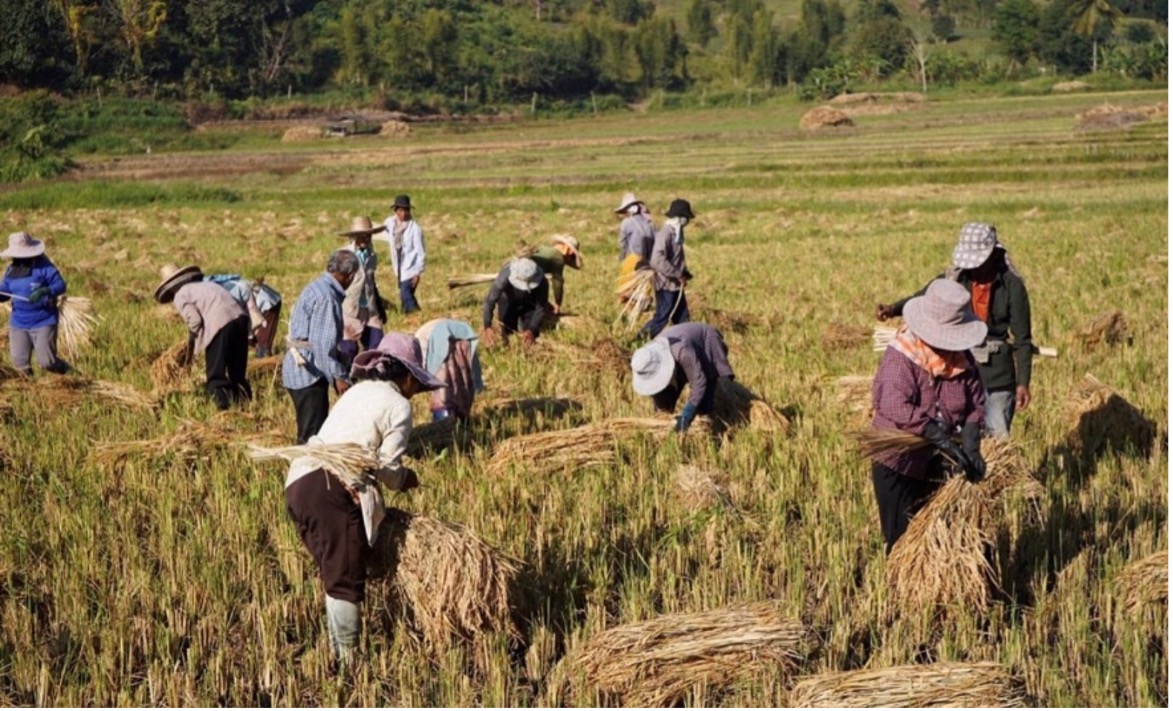
Communal harvesting in smallholder systems in South-East Asia. Picture by Daniel Ortiz-Gonzalo.
Conservation of ecosystems must be paired with an agriculture that supports and sustains life. Permeable, diverse, cultural and therefore resilient to climate change. Because a different climate requires a different landscape. One capable of providing adaptability and the ecosystem services that we all depend on. Where the paradigms of specialization and productivity do not displace people. A landscape that recouples –instead of decouples– the carbon and nitrogen cycles, thereby regenerating soil and water, preserving local varieties, and re-integrating trees and shrubs in mixed crop-livestock systems. Allowing natural habitats, hedgerows, shade crops, silvopastures, fallows, among others. These elements contribute to the complexity in the landscape that supports biodiversity. We can create mosaics of life that enter all the way into the cities, with the goal of having a production metabolism that mimics the natural processes of ecosystems. Because in the face of anthropocentric arrogance, it is important to exhibit the humility –also human– of recognizing that nature takes us millions of years of trial and error in its processes. Therefore, it is also urgent to recognize other forms of knowledge and act as custodians of custodians, guardians of guardians, stewards of stewards –you name it–, of the peoples who guard the biosphere, and ultimately, humanity.

Coffee agroforestry in Central America. Picture by Daniel Ortiz-Gonzalo.
Political will
Besides Gaia, Lovelock also developed the electron capture detector (ECD), which, coupled to gas chromatographs, we use to measure greenhouse gas emissions. The invention allowed him to measure chlorofluorocarbon gases (CFCs), and his measurements served the scientific community to prove the CFCs responsible for destroying the ozone layer. Years later, with the Montreal Protocol, the world agreed to put limits and restrictions on an industry that initially denied it.
The ECD was also suited to detect organochlorine pesticides such as DDT. It served Rachel Carson in boosting scientific knowledge and raise awareness through her groundbreaking work. The EPA issued a cancellation order for DDT ten years after the publication of Silent Spring.
We must come to global agreements to protect the biosphere sooner rather than later. This is because, in addressing the climate emergency and the biodiversity crisis, we lack time more than technology. Many solutions are readily available. They just require political will to be implemented.
